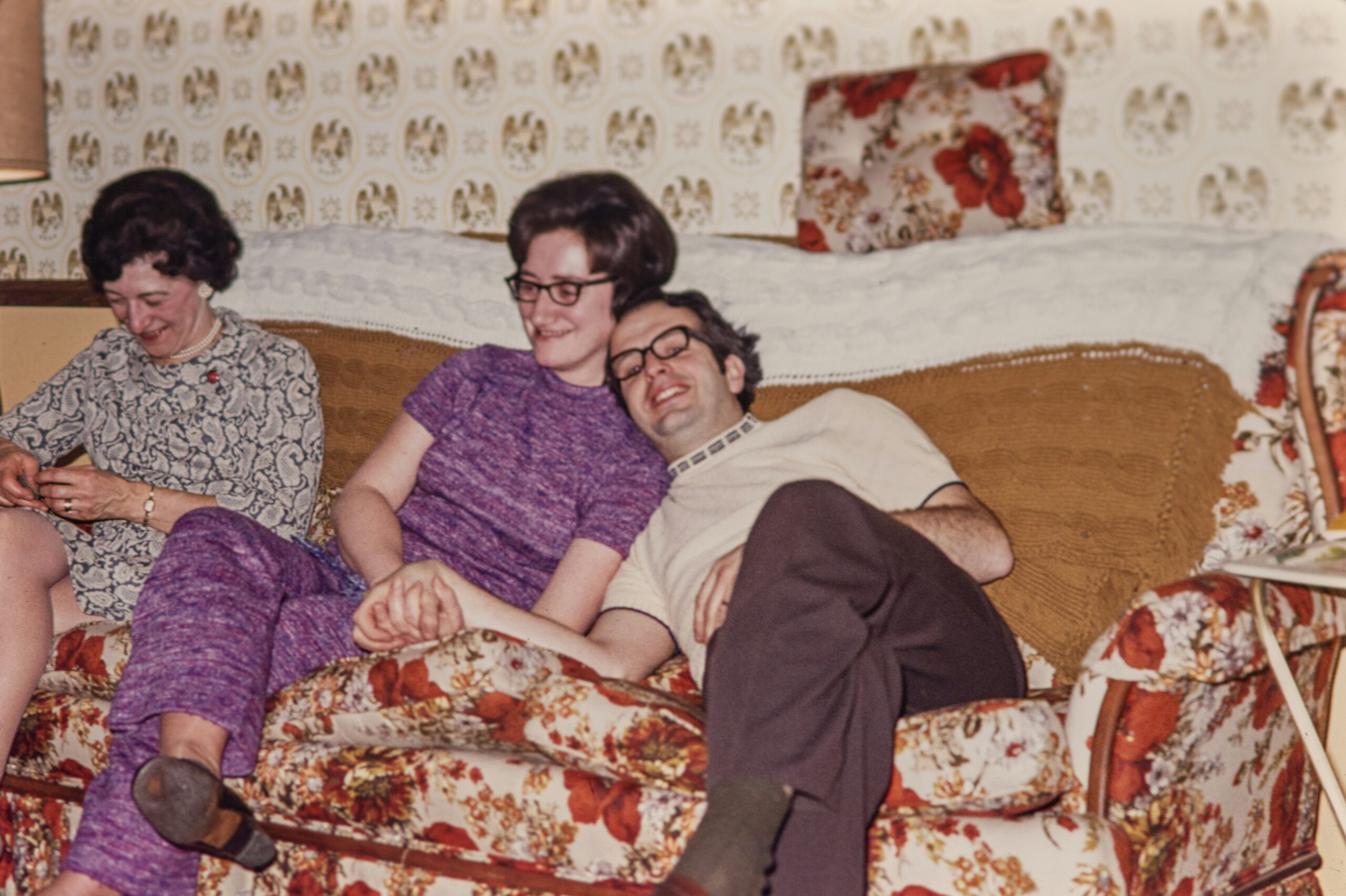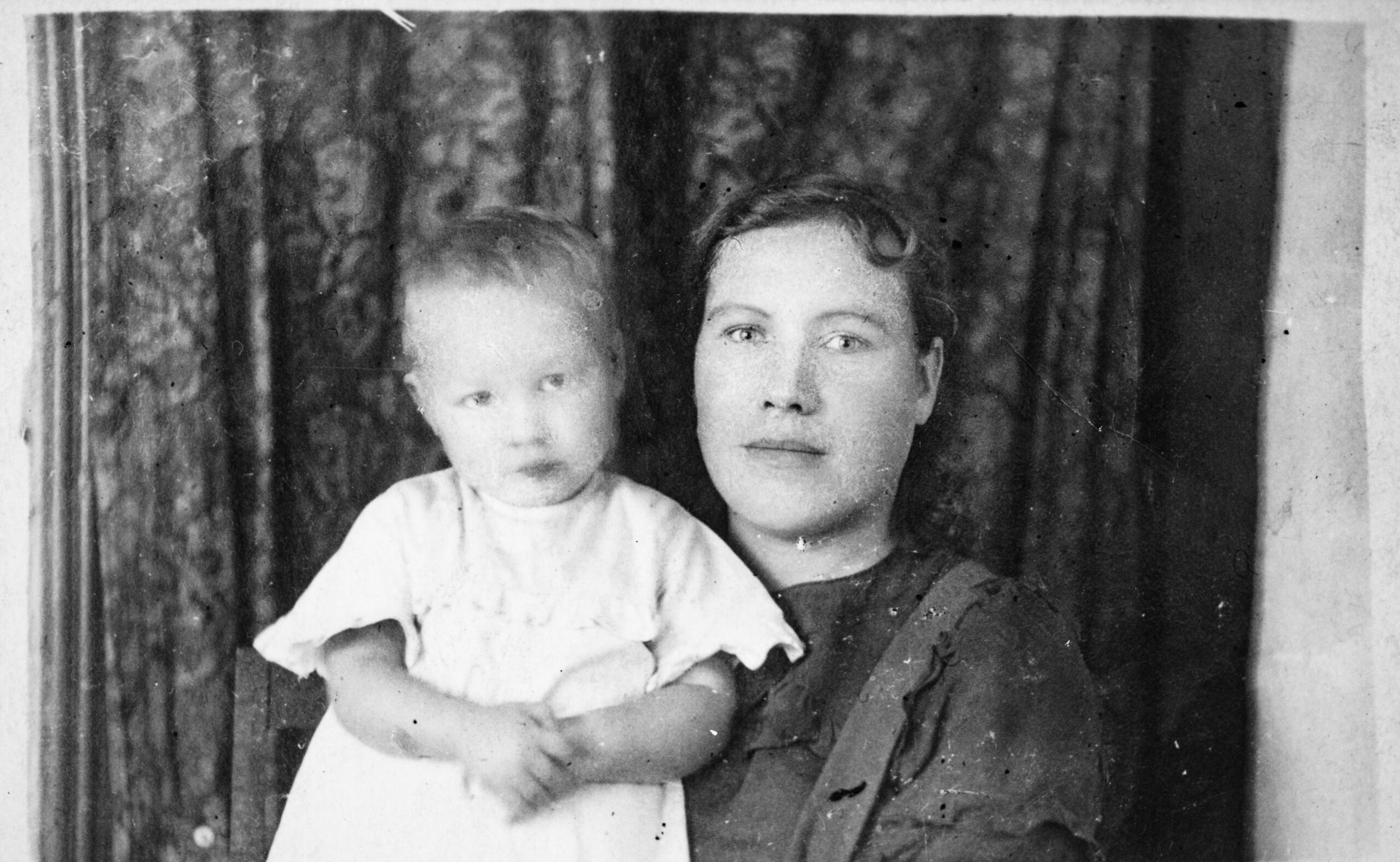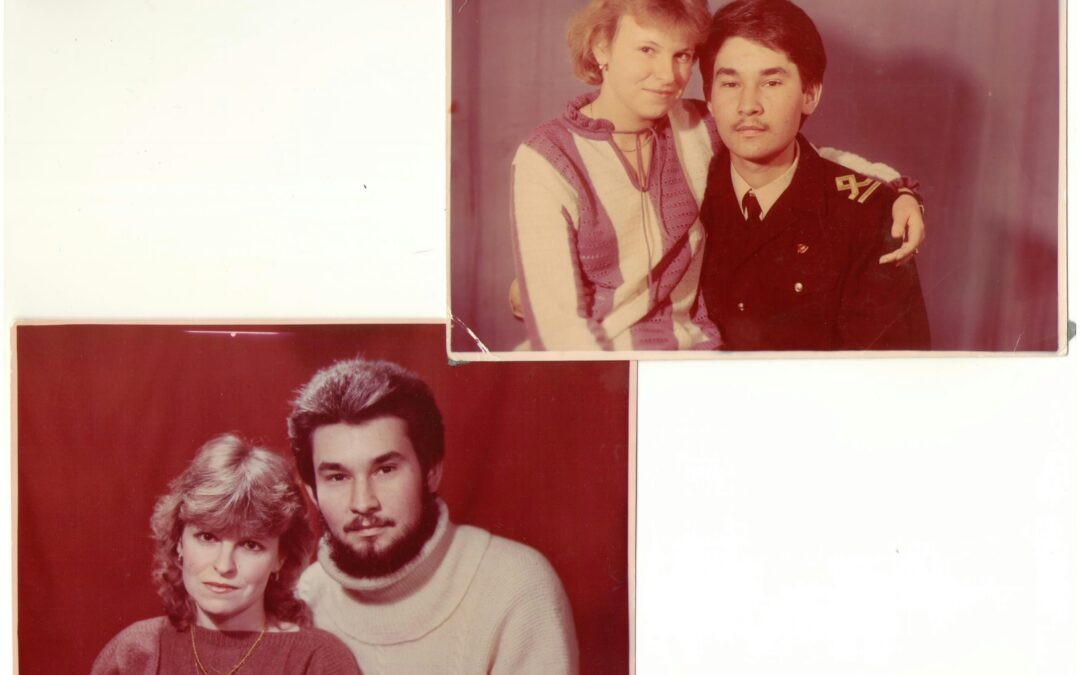Whenever I find a dusty box of my parents’ old photos I feel like I’ve stumbled on a hidden treasure. Each snapshot tells a story and captures a moment I might never have known about otherwise. But figuring out what to do with all these memories can be overwhelming especially when boxes start to pile up.
I want to honor these photos without letting them fade away in storage. There are creative and meaningful ways to preserve share and even display these pieces of family history. If you’re wondering how to breathe new life into your parents’ old photos you’re not alone.
Understanding the Value of Parents’ Old Photos
Old photos from parents capture family history, personal moments, and cultural shifts. These images often preserve hairstyles, clothing, and significant events specific to my family’s timeline. Seeing faces of younger relatives helps me connect generations and understand family traits.
I use the following table to identify key aspects that contribute to the value of parents’ old photos:
| Value Aspect | Example | Impact on Family |
| Genealogical Connections | Wedding group shots, birth announcements | Traces ancestry |
| Cultural Significance | Holiday gatherings, traditional festivals | Retains heritage |
| Emotional Resonance | Candid childhood moments, milestones | Strengthens bonds |
| Historical Context | Military uniforms, vintage cars | Documents eras |
| Identity Reflection | Parent’s early portraits, family pets | Shapes self-image |
Physical photos from 1960s to 1980s sometimes contain handwritten notes or dates on the back, adding context to each memory. I consider these details essential for understanding the original moment, especially when stories fade over time.
Preserving these photos protects my family legacy. Digitizing originals, cataloging images, and sharing highlights create a bridge between past and present, making it possible for younger relatives to appreciate family milestones.
Sorting and Organizing Photo Collections
Sorting old family photos helps me preserve memories and makes it easier to share them with relatives. Establishing a systematic approach improves accessibility and protects each photo’s historical and sentimental value.
Tips for Categorizing and Labeling
Categorizing and labeling photos ensures quick reference and prevents information loss. I group photos by decade, event, or family member, using unique identifiers for each batch. Adding context such as names, dates, and locations increases each image’s historical value. I use archival pens on backs of photos or digital tags for scanned images.
| Category | Example | Details for Labeling |
| Decade | 1970s, 1980s | Add year range if known |
| Event | Weddings, Holidays, Birthdays | Specify event and location |
| Family Member | Grandparents, Children, Siblings | Name everyone in the photo |
| Location | Home Address, Vacation Destination | Include city/state/country |
I store sorted photos in acid-free sleeves or albums marked with the same labels for consistency. For digital collections, I mirror folder names to match physical photo groupings.

Deciding What to Keep or Discard
Deciding which photos to keep or discard involves evaluating uniqueness, condition, and relevance. I preserve images that capture significant family events, clear portraits, or scenes with historical context. Duplicates, damaged, or blurry photos with no context get separated for review.
| Keep | Discard |
| Milestone events | Duplicates without differences |
| Clear family portraits | Poorly damaged beyond repair |
| Images with notes | Unidentifiable or unclear shots |
| Scenes of family home | Unlabeled, generic landscapes |
I discuss questionable photos with other relatives before final removal, in case someone identifies a forgotten face or moment. I digitize fragile originals before discarding, keeping a digital backup in organized folders.
Preserving and Digitizing Old Photos
I protect my parents’ old photos by preserving the originals and digitizing each image. High-quality preservation extends the lifespan of these memories and ensures easy sharing across generations.
Benefits of Digitizing
I digitally transform old photo collections to secure each image from physical decay, loss, or accidental damage. Digital copies give instant access, simplify sharing with family, and enable backup on multiple devices. When I tag or organize scanned images, I speed up searching for events, locations, or relatives.
| Benefit | Description | Example |
| Preservation | Protects from fading, water, or fire damage | Scanning WWII-era portraits |
| Accessibility | Provides instant viewing and sharing | Emailing digital albums to siblings |
| Searchability | Allows tagging and quick retrieval | Searching “1970s birthdays” images |
| Restorability | Enables restoration of damaged photos | Repairing creased wedding pictures |
| Replication | Creates multiple backup copies easily | Storing albums on cloud and USB sticks |
Tools and Services for Scanning
I use flatbed scanners, mobile scanning apps, and professional digitizing services to convert old photos. Flatbed scanners, such as the Epson Perfection V600 or Canon CanoScan LiDE, offer high resolution for preserving detail. Mobile scanning apps like Google PhotoScan or Adobe Scan provide quick results if I have photos glued in albums.
Professional photo digitization companies, including Legacybox and ScanMyPhotos, handle large batches and offer restoration for fragile items. Services often include organizing, editing, and backing up digital collections.
| Tool/Service | Description | Best For | Example Brands/Apps |
| Flatbed Scanner | High-res, reliable | Loose prints and negatives | Epson Perfection V600 |
| Mobile Scanning App | Fast, portable | Photos in albums | Google PhotoScan |
| Professional Service | Batch, restoration | Large or fragile collections | Legacybox, ScanMyPhotos |
| Cloud Storage | Secure backups | Ongoing accessibility | Google Drive, Dropbox |
Creative Ways to Display and Share Old Photos
Creative display and sharing strategies give parents’ old photos new purpose while keeping memories visible and relevant. I use these approaches to connect generations and celebrate stories in practical, accessible ways.
DIY Photo Albums and Scrapbooks
Handmade albums and themed scrapbooks offer tactile methods for preserving and showcasing old photographs, allowing me to personalize layouts with captions, memorabilia, and decorative paper. I choose archival-quality materials to prolong photo life. When I organize photos by event or era, the stories become easy to follow and revisit. I often add handwritten family anecdotes, ticket stubs, or holiday cards for context. For milestone celebrations, I dedicate albums to events such as anniversaries or graduations, making each page a custom-made keepsake.
Example Table: Scrapbook Materials
| Material Type | Archival-Safe | Example Use |
| Acid-Free Paper | Yes | Backgrounds, photo mounting |
| Photo Corners | Yes | Attaching without adhesive damage |
| Plastic Sleeves | Yes | Protecting against moisture and dust |
Digital Slideshows and Online Galleries
Digital platforms let me share collections instantly with relatives near and far. I use slideshow software to curate narrative sequences for family reunions or special dates. Online galleries, like private Google Photos albums or password-protected Flickr sets, facilitate collaborative tagging and commenting among relatives. When I include both scanned images and original scanned captions, viewers understand the story behind each photo. For broad reach, I select platforms offering easy access on smartphones and computers, focusing on features such as sharing links, album privacy controls, and space for descriptive metadata.
Example Table: Online Gallery Platforms
| Platform | Privacy Options | Collaborative Features | Max Storage |
| Google Photos | Private albums | Shared folders, comments | 15GB free |
| Flickr | Password-protected | Tagging, group pools | 1,000 photos |
| Shutterfly | Invite-only share | Photo books, gifts | Unlimited |
Distinctive arrangements—whether tactile or digital—ensure that parents’ old photos remain visible, accessible, and valued across changing formats and family generations.
Gifting and Memorializing Family Memories
Old family photos become unique gifts and lasting tributes when I find ways to personalize and contextualize them. These images strengthen generational bonds when I thoughtfully incorporate them into gifts and projects.
Creating Personalized Photo Gifts
Custom photo gifts reconnect family members by placing cherished images into everyday items. I use photo calendars, mugs, blankets, or framed collages for birthdays or holidays. Printing a series of childhood photos on a canvas or coffee table book lets my parents reminisce through a tangible keepsake.
I select images based on themes like milestone events, vacations, or portraits. Packaging these gifts with written anecdotes, event dates, or replicated handwritten captions adds historical context.

Popular Personalized Photo Gift Ideas
| Gift Type | Example Uses | Personalization Context |
| Photo Book | Family biography | Chronological narratives, captions |
| Framed Collage | Milestone anniversaries | Themed layouts, event labels |
| Calendar | Annual reminders | Birthdays, family traditions |
| Blanket/Pillow | Home décor | Children’s portraits, family holidays |
| Mug | Daily routines | Favorite travel or holiday images |
Using Photos in Family History Projects
Old photographs strengthen family history projects that preserve legacies. I complement oral histories by pairing images with relatives’ life stories, genealogy charts, or timeline displays. Archival layouts clarify family lineage by labeling each photo with names and relationships.
I collaborate with cousins or siblings by crowdsourcing photo identifications and collecting relevant stories. Digital platforms enable me to map ancestral migrations or document cultural traditions visually.
Family History Project Applications
| Application | Photo Use Example | Contextual Enhancement |
| Pedigree Charts | Portraits by generation | Names, birth dates, relationships |
| Story Boards | Narrative sequencing | Event captions, quotes |
| Timeline Displays | Milestones from photos | Year labels, key locations |
| Memory Walls | Anecdotal image selection | Handwritten notes, dedications |
By gifting and memorializing family memories through these approaches, I ensure that my parents’ old photos serve not just as static records but as living connections across generations.
Storing and Protecting Physical Photos
Properly storing and protecting physical photos preserves images of parents, family, and significant events across decades. I use archival methods, store photos in stable environments, and handle them with care to prevent deterioration.
Archival Storage Techniques
I choose acid-free photo albums, envelopes, and boxes to minimize chemical reactions that cause fading. I use materials labeled as “archival” or “photo-safe.” When possible, I separate photos with acid-free tissue paper or sleeves so prints don’t stick together.
Environmental Controls
Stable storage environments reduce the risk of fading, discoloration, warping, and mold. I keep photos out of attics, basements, and garages where temperature and humidity fluctuate. Instead, I select interior closets or shelves away from direct sunlight, heat sources, or vents.
Photo Storage Environmental Recommendations
| Factor | Recommended Range | Example |
| Temperature | 65–70°F | Interior closets |
| Relative Humidity | 30–50% | Main-level, climate-controlled living spaces |
| Sunlight Exposure | None | Opaque, archival boxes stored on shaded shelves |
| Airflow | Good | Shelving with spacing—not tightly packed containers |
Proper Handling Practices
Washing hands before handling photos reduces the risk of transferring oils and dirt. I avoid touching image surfaces whenever possible, instead holding photos by the edges. For valuable or delicate prints, I use cotton gloves designed for handling archival materials.
Labeling and Indexing
Organizing photos by decade, event, or individual requires safe labeling. I use pencils or archival pens for writing on the back edges and avoid pressing hard to prevent impressions. For collections with handwritten notes, I transcribe this information separately or scan the backs to preserve context.
Emergency Protection Measures
Protecting physical photo collections from fire, water, or theft involves proactive planning. I store duplicate prints in separate locations and use fireproof boxes or safes for irreplaceable originals. I also create digital backups for at-risk pictures.
Emergency Protection Options for Physical Photo Collections
| Option | Example Use | Estimated Cost |
| Fireproof Safe | Keeps rare originals secure | $50–$300 |
| Safety Deposit Box | Off-site security | $30–$150/year |
| Waterproof Tote | Flood or spill protection | $10–$50 |
| Digital Backup | Scanned image copies | $0–$100+ |
Maintenance and Inspection
I schedule annual checks to inspect for signs of mold, pest damage, or chemical deterioration. If I find yellowing, curling, or spots, I isolate affected photos to prevent further spread and consult with a photo conservator for restoration options.
Conclusion
Sorting through parents’ old photos is more than a task—it’s a chance to reconnect with family history and share meaningful stories. I find that every image offers a unique window into the past and an opportunity to celebrate the people and moments that shaped my life.
By taking thoughtful steps to organize, preserve, and display these photos, I’m able to keep cherished memories alive for future generations. The journey may take time and effort, but the rewards are lasting and deeply personal.


